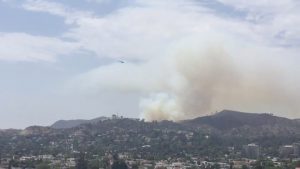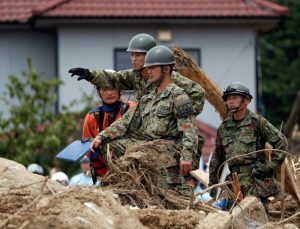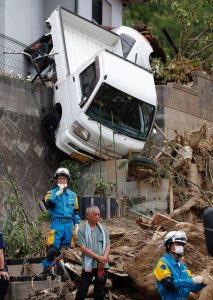
By Jonathan Stempel
(Reuters) – Fliers may have a tough time recovering damages for invasive screenings at U.S. airport security checkpoints, after a federal appeals court on Wednesday said screeners are immune from claims under a federal law governing assaults, false arrests and other abuses.
In a 2-1 vote, the 3rd U.S. Circuit Court of Appeals in Philadelphia said Transportation Security Administration (TSA) screeners are shielded by government sovereign immunity from liability under the Federal Tort Claims Act because they do not function as “investigative or law enforcement officers.”
The majority said it was “sympathetic” to concerns that its decision would leave fliers with “very limited legal redress” for alleged mistreatment by aggressive or overzealous screeners, which add to the ordinary stresses of air travel.
“For most people, TSA screenings are an unavoidable feature of flying,” but it is “squarely in the realm” of Congress to expand liability for abuses, Circuit Judge Cheryl Ann Krause wrote.
The decision, the first on the issue by a federal appeals court, was a defeat for Nadine Pellegrino, a business consultant from Boca Raton, Florida.
She and her husband had sued for false arrest, false imprisonment and malicious prosecution over a July 2006 altercation at Philadelphia International Airport.
Pellegrino on Wednesday said she was reviewing the decision. A lawyer who helped with her appeal did not immediately respond to requests for comment.
According to court papers, Pellegrino had been randomly selected for additional screening at the Philadelphia airport before boarding a US Airways flight to Fort Lauderdale, Florida.
Pellegrino, then 57, objected to the invasiveness of the search, but conditions deteriorated and she was later jailed for about 18 hours, the papers show. Criminal charges were filed, and Pellegrino was acquitted at a March 2008 trial.
Circuit Judge Thomas Ambro dissented from Wednesday’s decision.
“By analogizing TSA searches to routine administrative inspections, my colleagues preclude victims of TSA abuses from obtaining any meaningful remedy for a variety of intentional tort claims,” he wrote.
Torts are civil wrongs that can result in damages.
A spokesman for U.S. Attorney William McSwain in Philadelphia, whose office represented TSA officials, had no immediate comment.
The appeals court ruled 11 months after throwing out a First Amendment claim by an architect, Roger Vanderklok, who said he was arrested in retaliation for asking to file a complaint against an ill-tempered TSA supervisor.
The case is Pellegrino et al v U.S. Transportation Security Administration et al, 3rd U.S. Circuit Court of Appeals, No. 15-3047.
(Reporting by Jonathan Stempel in New York; Editing by David Gregorio)











